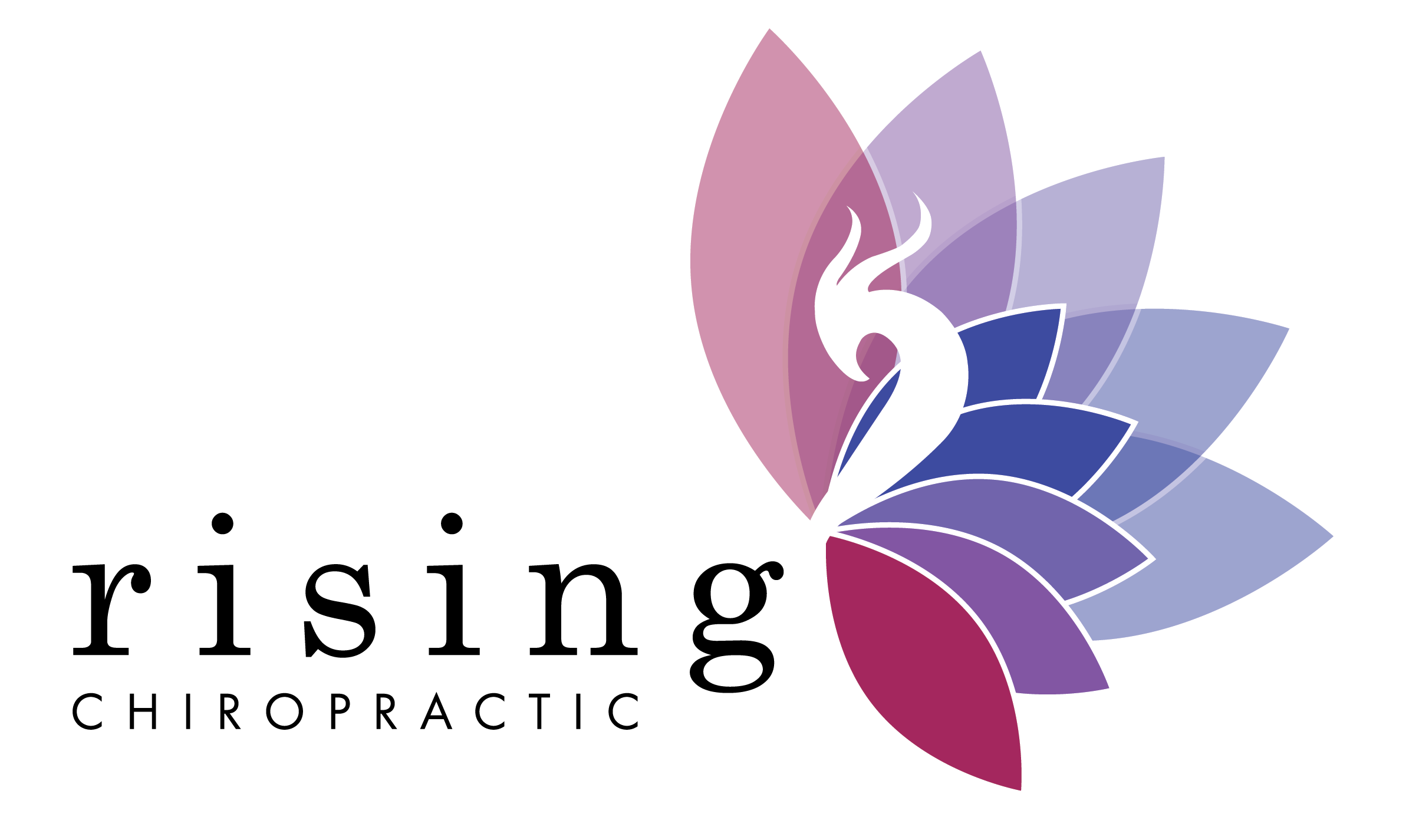Designed & Boosted by My Social State
Torque Release Technique (TRT)
TORQUE RELEASE…WHAT???
Torque Release Technique (TRT) is the primary chiropractic technique that we use at Rising Chiropractic. TRT is one of the most advanced techniques in the profession, and it has improved the lives of thousands of people across the globe.
Our Practice Members love the technique, but they have lots of questions about it. So, we thought we would take the time to answer some of these questions, because we know that the more knowledge you have about your care, the more power you have over your health. That means better health outcomes and quality of life!
What is special about TRT?
Torque Release Technique (TRT) is entirely neurological; meaning, Dr. Druckenmiller doesn’t move your bones. Instead, TRT focuses on the tone and tension in the nervous system. You know that muscle has “tone,” right? And those muscles need to be at the right tone to work the best? Well, so do your nerves, and maintaining proper nerve tone is very important to your health.
Because this technique focuses on nerve tone, there is no need for the twisting, cracking, or popping of the neck and back that most people associate with Chiropractic adjustments. The adjustment itself is extremely gentle and specific, using the exact right amount of force to help the body correct itself.
To put it simply, the technique works by locating where in the spine the most neurological insult is happening — this is called the primary subluxation.
How does TRT work?
Although the body is very smart and is always trying to correct itself, it cannot correct every subluxation it encounters. With the primary subluxation, the body attempts to correct it by shifting other vertebrae of the spine to compensate. These misalignments are called secondary, or even tertiary, subluxations. If we only locate and correct these secondary and tertiary subluxations, then we never get to the root cause of your health concerns and never get true correction that holds.
This technique allows us to find the primary subluxation and adjust it with the Integrator. When that happens, the body then corrects the other secondary and tertiary subluxations as it needs to.
How do you know where to adjust me (what are you doing when you flip my feet)?
We locate your primary subluxations using a very specific and intentional analysis of your spine. This analysis consists of eliciting a reflex in your feet (called the Achilles Reflex) to determine your “functional leg length.” The doctor then tests specific areas along your head, spine, and pelvis using very light touch. After provoking the reflex again, we determine if your functional leg length has changed. If your legs go perfectly even, we know the nerve tone has been altered and you are experiencing neurological insult at that spinal level. That area of insult is your primary subluxation!
How do you adjust the Primary Subluxation?
In TRT, the doctor uses an adjusting instrument called the Integrator. The Integrator incorporates all the elements of the traditional “popping and cracking” techniques but does so in a way that is extremely gentle, specific, and far more consistent. It might not feel like much when you are adjusted with the Integrator, but the impact it has is tremendous!
What is the difference between the Integrator and other adjusting instruments?
All Chiropractic instruments can be very helpful and beneficial for a practice member. However, in our opinion, the Integrator is the most effective at correcting the primary subluxation.
The Integrator maximizes the balance between mass and acceleration to provide the appropriate amount of force to make an adjustment, while minimizing the discomfort that a practice member may feel.
You see, in a traditional adjustment, the chiropractor must use his or her body mass to generate the amount of force necessary to adjust your spine. This is because the human body moves relatively slow. On the other hand, the Integrator moves at 1/10,000th of a second—3000% faster than a human can move! Because of that, the mass necessary is much smaller—an area the size of the tip of your pinky versus an entire body. When the Integrator releases, it sends the force exactly where it is needed, eliminating the stress on the surrounding tissue and vertebrae.
This is unique to this instrument, as it removes all outside factors and creates the most inter-reliability between each doctor and adjustment. This means you get consistent adjustments throughout your care, and you will see consistent results!
Why do you only adjust up to 3 subluxations?
Research shows that each primary subluxation accounts for 8-10 secondary or tertiary subluxations. When we adjust one primary subluxation, we are helping the body repair up to 10 subluxations. This means when you receive 3 adjustments during your visit, your body is repairing up to 30 subluxations!! That’s a lot of input into your delicate nervous system, isn’t it?
We want your body to adapt to the adjustments and begin to repair itself. If there is too much stimulation, your system becomes overwhelmed and can shut down! Seems counterproductive, doesn’t it?
There is a simple principle in life that states less is more. Your nervous system requires just that! By doing less, you see far more improvement much more efficiently. This way, you reach your goals and experience the quality of life you desire!
Info@risingchiropracticevans.com
PHONE
(706) 524-8077
ADDRESS
625 Ponder Place Drive #2
Evans, GA 30809

HOURS
Monday:
9:00 AM - 11:00 AM
3:00 PM - 6:00 PM
Tuesday:
2:00 PM - 6:00 PM
Wednesday:
9:00 AM - 11:00 AM
3:00 PM - 6:00 PM
Thursday:
2:00 PM - 6:00 PM
Fri, Sat, Sun: CLOSED

